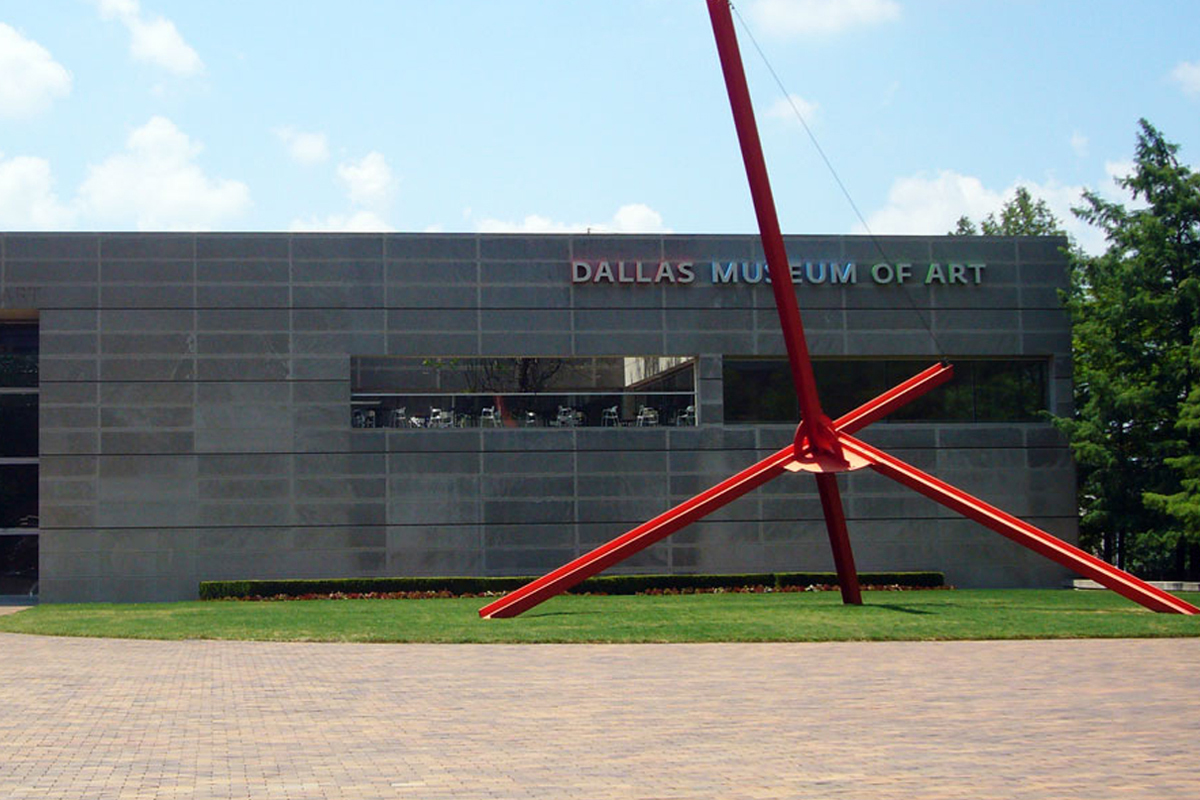This past weekend, noted arts writer and critic Ben Davis wrote an opinion piece in the New York Times about the recent spate of museum expansions and what they might mean for America culture and philanthropy. In the piece, Davis speaks about the way American arts institutions fund their activities. In short, more than any other country in the world, the U.S. relies on private donations for funding culture. This is something we know well in Dallas. This city prides itself on our many dedicated, deep-pocketed donors who, in the past decade, have helped transform the city, funding new venues in the Arts District, a new science museum, the construction of a park over a highway, and many other cultural assets.
But there is a flip side to this reliance on private dollars, Davis argues, that often goes unnoticed by those outside the cultural industries. Between 2007 and 2014, a study found that close to $5 billion was spent on new museum expansions and construction in the United States, more than the other 37 countries looked at in the study combined. That huge outlay of cash is not simply a reflection of American’s philanthropic appetite, but rather the result of a funding system that places pressure on arts administrators to raise money by building buildings.
“For museum executives, the dirty secret of expansions has been that they are often motivated by the need to have some exciting new thing to rally board members and interest potential patrons. These institutions depend heavily on rich people to fund them. Those rich people like to pay for flashy new buildings; no one wants to donate to boring old museum upkeep.”
Again, this is a familiar story in Dallas’ philanthropic scene. Capital campaigns for building projects create excitement from donors. Donors like brick and mortar. But when the construction stops, arts administrators face the heavy task of figuring out how to pay for operations. Recently, we have seen the AT&T Performing Arts Center admit its heavy burden of its financial debt, and earlier this year, the Office of Cultural Affairs presented a city council committee with a laundry list of maintenance needs amounting to close to $58 million in expenses.
What is clear in both these instances is that while a new architectural masterpiece can bring out the patrons, it is much more difficult to rally patronage behind fixing elevators or covering debt service.
What I find most interesting about Davis’ article is that he argues that while this reliance on private funding creates an out-sized pressure on arts leaders to push for new construction and expansion, it also creates a system of cultural production that mirrors inequalities created by the way capital behaves in broader society. For example, not only does cultural philanthropy tend to favor buildings over programming or maintenance, it also favors large institutions over smaller ones, a gap that has only expanded with the incremental slashing of public arts funding on both a local and national level:
As Andy Horowitz argued in a recent essay for The Atlantic, leveling the playing field between big and small organizations was one of the historic, modest achievements of the N.E.A. Yet while the 1 percent have accumulated staggering wealth, even modest government outlays for culture have been cut. Adjusted for inflation, public arts funding is 15 percent lower today than it was 20 years ago.
“When grant funding is slashed, the organizations that suffer most are the smaller groups, which have lower levels of visibility among other donors,” notes a recent report, “Diversity in the Arts,” by the DeVos Institute of Arts Management. “This means that arts organizations of color — along with rural, avant-garde and service organizations — suffer disproportionately.”
Davis argues for the need for increased public funding of arts and culture not based on some progressive or moralistic agenda, but from the simple observation that, when it comes to culture, there needs to be some “correction for the biases of the rich.” It a lesson that Dallas, of all places, should take to heart. To argue for the need for more public funding for art is not to dismiss or disavow the value of private philanthropy; it is simply to admit that philanthropy, as a form of individual expression, is biased. And an over-reliance on private philanthropy creates a disconnect of cultural expression that mirrors broader societal gaps, as well as pushes a philanthropic system that incentivizes unsustainable growth.





